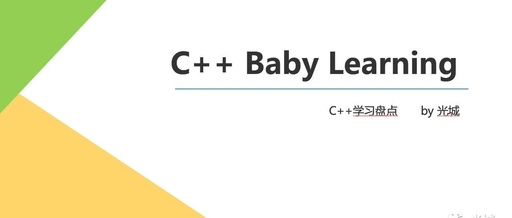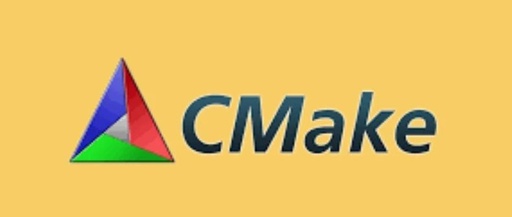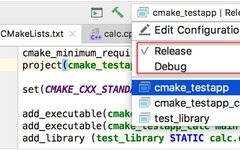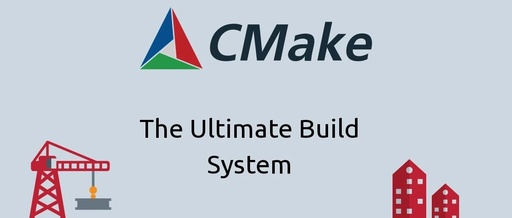Getting Started with CMake: HelloWorld Bin
Starting a new series on CMake today, the latest release is on the platform, welcome to join and get first-hand resources. Each issue will be driven by examples and directories, learning step by step, feel free to bookmark and share. Generating Executable Files Assuming we only have a .cc file. Create a CMakeLists.txt file in … Read more









